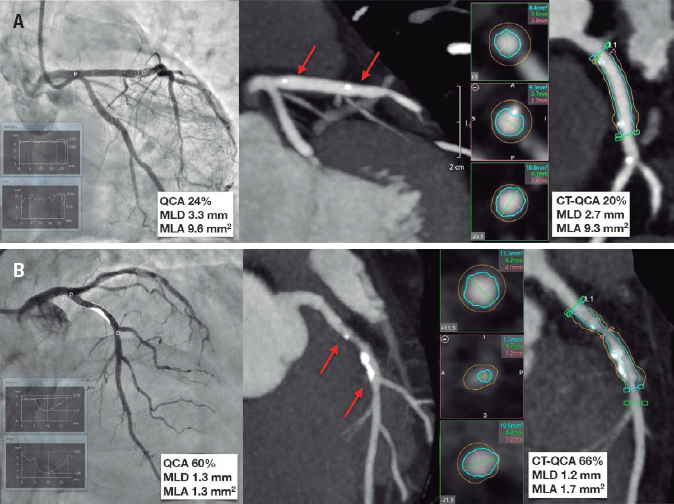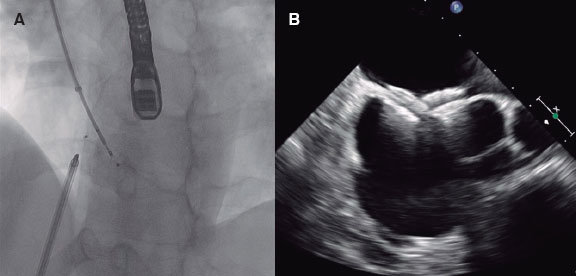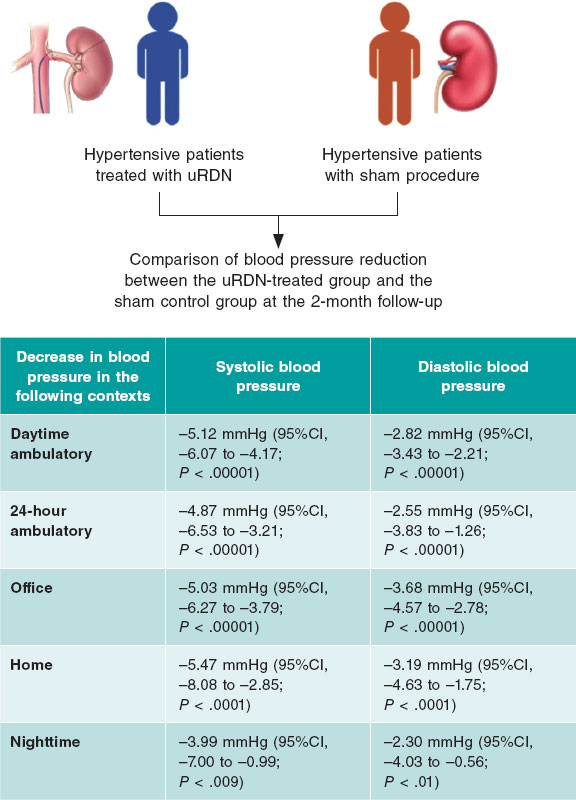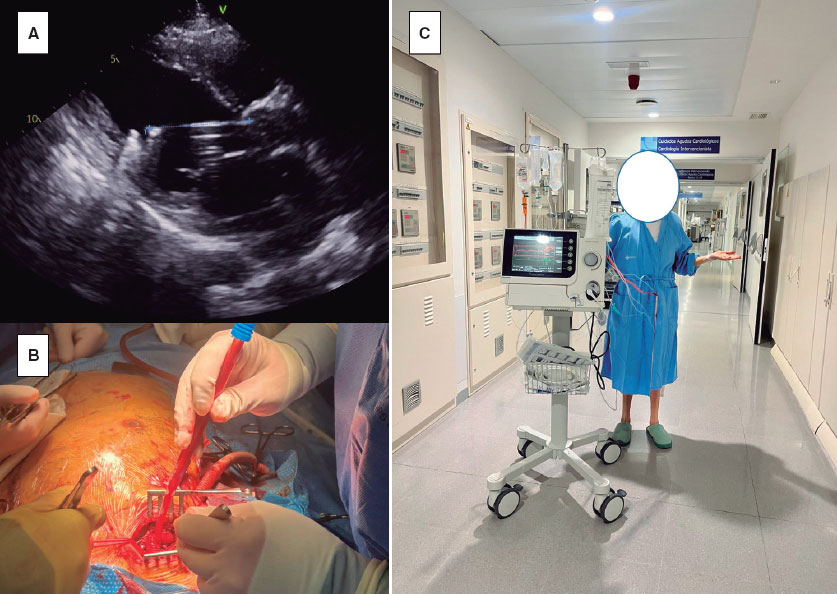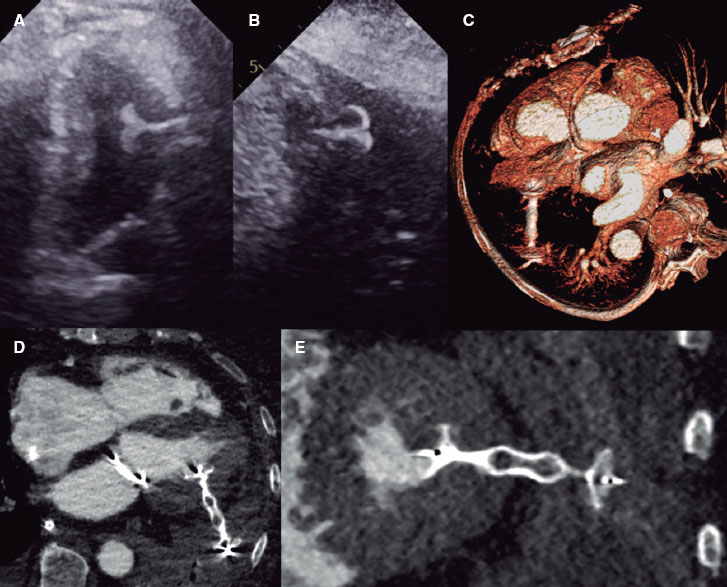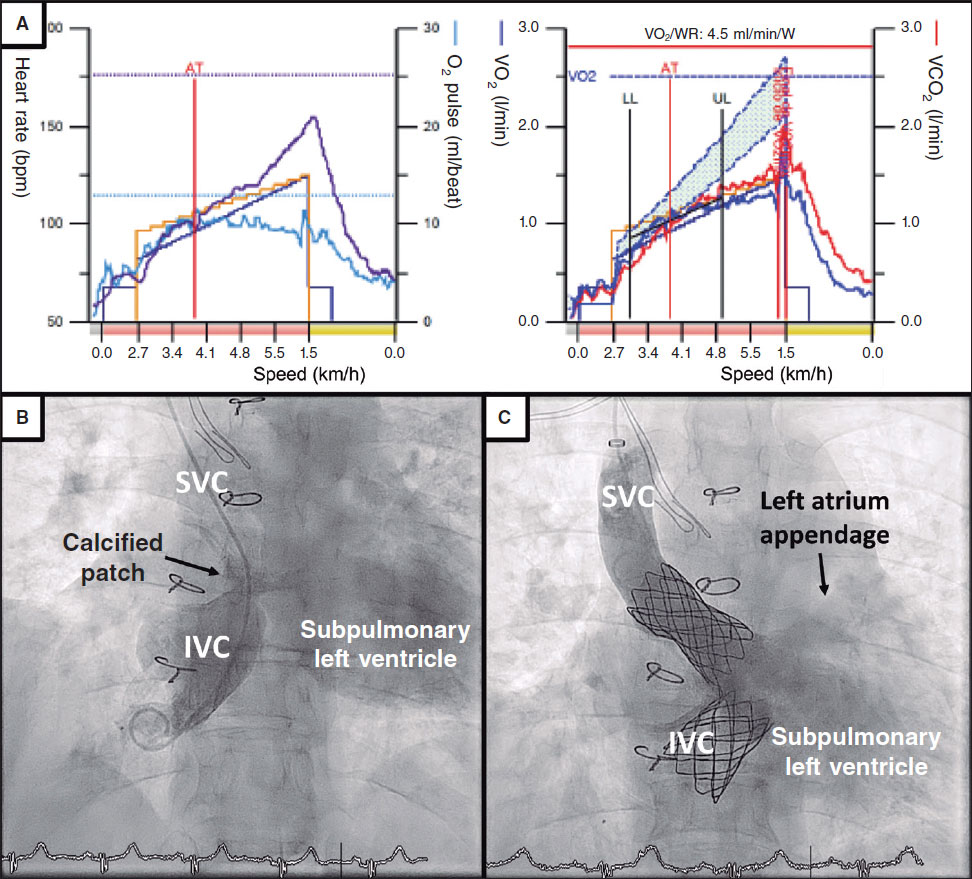| 1 x afterRenderModule mod_custom (Home Superior Izquierda -EN) (5.67MB) (14.32%) | 115ms |
| 1 x afterRenderModule mod_custom (Home Inferior Derecha -EN) (1.36MB) (9.68%) | 77.56ms |
| 1 x afterRender (994.16KB) (8.65%) | 69.31ms |
| 1 x afterRenderComponent com_content (129.31KB) (8.32%) | 66.68ms |
| 1 x afterInitialise (3.36MB) (7.22%) | 57.86ms |
| 1 x Before Access::getAssetRules (id:8 name:com_content) (1.08MB) (4.99%) | 40.03ms |
| 1 x afterRoute (892.66KB) (4.1%) | 32.82ms |
| 1 x afterRenderModule mod_custom (Home Debate Enlaces EN) (1.48MB) (3.74%) | 29.98ms |
| 1 x afterRenderModule mod_custom (Article Herramientas Estadísticas - ENG) (707.62KB) (3.01%) | 24.11ms |
| 1 x beforeRenderRawModule mod_breadcrumbs (Breadcrumbs EN) (1.25MB) (2.9%) | 23.25ms |
| 1 x afterRenderModule mod_custom (Most read) (446.77KB) (1.96%) | 15.73ms |
| 1 x afterRenderModule mod_custom (Header Article -EN) (431.58KB) (1.88%) | 15.05ms |
| 1 x afterRenderModule mod_custom (Most shared) (246.96KB) (1.72%) | 13.75ms |
| 1 x afterRenderModule mod_custom (Article - Referencia ) (671.13KB) (1.44%) | 11.53ms |
| 1 x afterRenderModule mod_custom (Article Herramientas Compartir -EN) (305.02KB) (1.25%) | 10.02ms |
| 1 x Before Access::getAssetRules (id:1 name:root.1) (293.19KB) (1.22%) | 9.77ms |
| 1 x afterRenderModule mod_custom (Article DOI activo) (311.36KB) (1.07%) | 8.58ms |
| 1 x afterRenderModule mod_custom (Article Herramientas Traducción - ENG) (266.49KB) (1.06%) | 8.46ms |
| 1 x afterRenderRawModule mod_dms3_refs (Article Herramientas Exportar - ENG) (57.25KB) (1.05%) | 8.40ms |
| 1 x afterRenderModule mod_custom (Debate Title) (382.96KB) (1.01%) | 8.11ms |
| 1 x afterRenderModule mod_custom (Caso clínico 2) (167.63KB) (0.93%) | 7.49ms |
| 1 x afterRenderModule mod_custom (Caso clínico 1) (167.63KB) (0.93%) | 7.44ms |
| 1 x afterRenderModule mod_custom (Article Subtitulo) (154.13KB) (0.89%) | 7.17ms |
| 1 x After Access::preloadPermissions (com_content) (1014.88KB) (0.89%) | 7.11ms |
| 1 x afterRenderModule mod_custom (Article - Comments Section) (114.64KB) (0.88%) | 7.05ms |
| 1 x afterRenderModule mod_custom (Innovacion Herramientas Compartir -EN) (219.7KB) (0.87%) | 7.00ms |
| 1 x afterRenderModule mod_custom (Article Authors) (155.51KB) (0.85%) | 6.77ms |
| 1 x afterRenderModule mod_custom (Article Category -EN) (215.7KB) (0.84%) | 6.75ms |
| 1 x afterRenderModule mod_custom (Article Related contents EN) (172.44KB) (0.8%) | 6.45ms |
| 1 x afterRenderModule mod_custom (Article Translated Title) (152.84KB) (0.78%) | 6.25ms |
| 1 x afterRenderModule mod_custom (Foto Autor) (154.54KB) (0.78%) | 6.25ms |
| 1 x afterDispatch (355.13KB) (0.71%) | 5.70ms |
| 1 x afterRenderModule mod_custom (Article Herramientas Material Adicional) (173.68KB) (0.71%) | 5.65ms |
| 1 x afterRenderModule mod_custom (Article Title) (143.06KB) (0.7%) | 5.62ms |
| 1 x afterRenderModule mod_custom (Innovacion Herramientas Estadísticas -EN) (132.48KB) (0.6%) | 4.79ms |
| 1 x afterRenderModule mod_custom (Innovacion Herramientas Traducción EN) (144.09KB) (0.59%) | 4.76ms |
| 1 x afterRenderModule mod_custom (EMAIL Y TWITTER INGLES) (123.5KB) (0.59%) | 4.71ms |
| 1 x afterRenderModule mod_custom (Article Herramientas Descargar - ENG) (121.84KB) (0.59%) | 4.70ms |
| 1 x afterRenderModule mod_custom (Innovacion Herramientas Imprimir -EN) (122.16KB) (0.58%) | 4.67ms |
| 1 x afterRenderModule mod_custom (Article Herramientas Imprimir -EN) (122.31KB) (0.56%) | 4.52ms |
| 1 x afterRenderModule mod_custom (Separador) (122.67KB) (0.56%) | 4.52ms |
| 1 x afterLoad (73.26KB) (0.36%) | 2.89ms |
| 1 x beforeRenderRawModule mod_custom (Publication of Sociedad Española de Cardiología) (3.55KB) (0.24%) | 1.90ms |
| 1 x afterRenderRawModule mod_languages (Language Switcher) (8.27KB) (0.18%) | 1.48ms |
| 1 x afterRenderRawModule mod_articles_good_search (Articles Good Search Total (Lateral) (EN)) (47.29KB) (0.16%) | 1.25ms |
| 1 x Before Access::preloadComponents (all components) (195.02KB) (0.15%) | 1.17ms |
| 1 x afterRenderRawModule mod_breadcrumbs (Breadcrumbs EN) (49.38KB) (0.14%) | 1.11ms |
| 1 x After Access::preloadComponents (all components) (129.49KB) (0.12%) | 937μs |
| 1 x beforeRenderRawModule mod_custom (Article Herramientas Descargar - ENG) (1.77KB) (0.11%) | 901μs |
| 1 x beforeRenderRawModule mod_menu (Footer Final EN) (3.03KB) (0.11%) | 896μs |
| 1 x afterRenderRawModule mod_menu (Footer Final EN) (27.91KB) (0.11%) | 882μs |
| 1 x afterRenderRawModule mod_menu (Publish) (20.76KB) (0.1%) | 770μs |
| 1 x afterRenderRawModule mod_menu (About us) (22.11KB) (0.09%) | 758μs |
| 1 x afterRenderRawModule mod_menu (Content) (18.4KB) (0.09%) | 757μs |
| 1 x beforeRenderRawModule mod_menu (Content) (4.88KB) (0.09%) | 723μs |
| 1 x afterRenderRawModule mod_menu (Sidebar Menú EN) (9.35KB) (0.08%) | 667μs |
| 1 x beforeRenderComponent com_content (12.27KB) (0.07%) | 542μs |
| 1 x afterRenderRawModule mod_menu (Sidebar - REC: Publications) (15.73KB) (0.07%) | 538μs |
| 1 x afterRenderRawModule mod_menu (Permanyer Publications) (10.02KB) (0.06%) | 481μs |
| 1 x beforeRenderRawModule mod_custom (Home Superior Izquierda -EN) (64B) (0.06%) | 472μs |
| 1 x beforeRenderRawModule mod_custom (Article - Comments Section) (528B) (0.05%) | 428μs |
| 1 x afterRenderRawModule mod_custom (Header Article -EN) (3.95KB) (0.05%) | 380μs |
| 1 x afterRenderModule mod_breadcrumbs (Breadcrumbs EN) (4.09KB) (0.05%) | 371μs |
| 1 x afterRenderRawModule mod_esmedicodisclaimer (esmedicodisclaimer esmedicodisclaimer) (6.49KB) (0.04%) | 334μs |
| 1 x beforeRenderRawModule mod_custom (Debate Title) (368B) (0.04%) | 332μs |
| 1 x beforeRenderRawModule mod_custom (Header Article -EN) (64B) (0.04%) | 290μs |
| 1 x afterRenderRawModule mod_lightbox (Lightbox) (7.35KB) (0.03%) | 277μs |
| 1 x afterRenderModule mod_custom (Publication of Sociedad Española de Cardiología) (3.31KB) (0.03%) | 247μs |
| 1 x beforeRenderRawModule mod_custom (Home Concurso Hemodinamica EN) (4.69KB) (0.03%) | 211μs |
| 1 x afterRenderModule mod_custom (Home Concurso Hemodinamica EN) (4.48KB) (0.03%) | 209μs |
| 1 x beforeRenderRawModule mod_custom (Home Debate Enlaces EN) (12.5KB) (0.02%) | 191μs |
| 1 x afterRenderModule mod_articles_good_search (Articles Good Search Total (Lateral) (EN)) (10.48KB) (0.02%) | 184μs |
| 1 x After Access::getAssetRules (id:1376 name:com_content.article.387) (8.3KB) (0.02%) | 178μs |
| 1 x afterRenderModule mod_dms3_refs (Article Herramientas Exportar - ENG) (3.02KB) (0.02%) | 168μs |
| 1 x afterRenderModule mod_custom (Article - Disponible Online -EN) (2.64KB) (0.02%) | 168μs |
| 1 x beforeRenderRawModule mod_menu (Publish) (1.38KB) (0.02%) | 168μs |
| 1 x afterRenderModule mod_menu (Content) (3.17KB) (0.02%) | 162μs |
| 1 x afterRenderModule mod_esmedicodisclaimer (esmedicodisclaimer esmedicodisclaimer) (5.39KB) (0.02%) | 156μs |
| 1 x afterRenderModule mod_menu (Footer Final EN) (3.67KB) (0.02%) | 155μs |
| 1 x afterRenderModule mod_languages (Language Switcher) (3.88KB) (0.02%) | 152μs |
| 1 x afterRenderModule mod_lightbox (Lightbox) (4.67KB) (0.02%) | 149μs |
| 1 x afterRenderModule mod_menu (Permanyer Publications) (3.11KB) (0.02%) | 145μs |
| 1 x afterRenderRawModule mod_custom (Article Herramientas Compartir -EN) (928B) (0.02%) | 144μs |
| 1 x afterRenderModule mod_menu (Publish) (3.42KB) (0.02%) | 143μs |
| 1 x afterRenderModule mod_menu (Sidebar Menú EN) (2.92KB) (0.02%) | 138μs |
| 1 x afterRenderModule mod_menu (About us) (3.28KB) (0.02%) | 138μs |
| 1 x afterRenderModule mod_menu (Sidebar - REC: Publications) (3.45KB) (0.02%) | 133μs |
| 1 x afterRenderModule mod_custom (Factor de Impacto EN) (2.84KB) (0.02%) | 129μs |
| 1 x beforeRenderRawModule mod_menu (About us) (400B) (0.02%) | 121μs |
| 1 x beforeRenderRawModule mod_lightbox (Lightbox) (6.44KB) (0.01%) | 119μs |
| 1 x afterRenderRawModule mod_custom (Article Herramientas Descargar - ENG) (1.08KB) (0.01%) | 118μs |
| 1 x afterRenderRawModule mod_custom (Home Superior Izquierda -EN) (928B) (0.01%) | 113μs |
| 1 x beforeRenderRawModule mod_menu (Permanyer Publications) (272B) (0.01%) | 113μs |
| 1 x beforeRenderRawModule mod_languages (Language Switcher) (6.92KB) (0.01%) | 111μs |
| 1 x afterRenderRawModule mod_custom (Publication of Sociedad Española de Cardiología) (1.09KB) (0.01%) | 110μs |
| 1 x afterRenderRawModule mod_custom (Most shared) (11.89KB) (0.01%) | 105μs |
| 1 x afterRenderRawModule mod_custom (Article - Comments Section) (928B) (0.01%) | 105μs |
| 1 x afterRenderRawModule mod_custom (Article Authors) (976B) (0.01%) | 104μs |
| 1 x afterRenderRawModule mod_custom (EMAIL Y TWITTER INGLES) (1.03KB) (0.01%) | 104μs |
| 1 x afterRenderRawModule mod_custom (Article Related contents EN) (3.53KB) (0.01%) | 102μs |
| 1 x afterRenderRawModule mod_custom (Article - Referencia ) (1.02KB) (0.01%) | 101μs |
| 1 x afterRenderRawModule mod_custom (Article DOI activo) (1.02KB) (0.01%) | 99μs |
| 1 x afterRenderRawModule mod_custom (Foto Autor) (1.02KB) (0.01%) | 98μs |
| 1 x afterRenderRawModule mod_custom (Debate Title) (976B) (0.01%) | 97μs |
| 1 x afterRenderRawModule mod_custom (Article - Disponible Online -EN) (2.22KB) (0.01%) | 97μs |
| 1 x afterRenderRawModule mod_custom (Article Subtitulo) (976B) (0.01%) | 97μs |
| 1 x afterRenderRawModule mod_custom (Article Herramientas Material Adicional) (944B) (0.01%) | 97μs |
| 1 x afterRenderRawModule mod_custom (Caso clínico 1) (1.14KB) (0.01%) | 97μs |
| 1 x afterRenderRawModule mod_custom (Caso clínico 2) (1.14KB) (0.01%) | 97μs |
| 1 x afterRenderRawModule mod_custom (Article Title) (976B) (0.01%) | 96μs |
| 1 x afterRenderRawModule mod_custom (Article Translated Title) (992B) (0.01%) | 96μs |
| 1 x afterRenderRawModule mod_custom (Innovacion Herramientas Estadísticas -EN) (944B) (0.01%) | 94μs |
| 1 x afterRenderRawModule mod_custom (Home Debate Enlaces EN) (928B) (0.01%) | 93μs |
| 1 x afterRenderRawModule mod_custom (Home Inferior Derecha -EN) (928B) (0.01%) | 92μs |
| 1 x afterRenderRawModule mod_custom (Article Herramientas Estadísticas - ENG) (944B) (0.01%) | 88μs |
| 1 x afterRenderRawModule mod_custom (Innovacion Herramientas Imprimir -EN) (992B) (0.01%) | 87μs |
| 1 x afterRenderRawModule mod_custom (Separador) (1.02KB) (0.01%) | 87μs |
| 1 x afterRenderRawModule mod_custom (Innovacion Herramientas Compartir -EN) (928B) (0.01%) | 87μs |
| 1 x afterRenderRawModule mod_custom (Article Herramientas Traducción - ENG) (1.05KB) (0.01%) | 84μs |
| 1 x afterRenderRawModule mod_custom (Innovacion Herramientas Traducción EN) (1.05KB) (0.01%) | 84μs |
| 1 x afterRenderRawModule mod_custom (Article Herramientas Imprimir -EN) (928B) (0.01%) | 83μs |
| 1 x afterRenderRawModule mod_custom (Factor de Impacto EN) (976B) (0.01%) | 82μs |
| 1 x afterRenderRawModule mod_custom (Home Concurso Hemodinamica EN) (928B) (0.01%) | 82μs |
| 1 x afterRenderRawModule mod_custom (Article Category -EN) (1.02KB) (0.01%) | 81μs |
| 1 x afterRenderRawModule mod_custom (Most read) (912B) (0.01%) | 79μs |
| 1 x Before Access::getAssetRules (id:1376 name:com_content.article.387) (34.65KB) (0.01%) | 68μs |
| 1 x beforeRenderRawModule mod_custom (Article Herramientas Material Adicional) (9.47KB) (0.01%) | 47μs |
| 1 x beforeRenderRawModule mod_custom (Article Herramientas Compartir -EN) (3.52KB) (0%) | 40μs |
| 1 x beforeRenderRawModule mod_custom (Article Translated Title) (1.61KB) (0%) | 39μs |
| 1 x beforeRenderRawModule mod_custom (Article Related contents EN) (880B) (0%) | 39μs |
| 1 x beforeRenderRawModule mod_custom (Caso clínico 2) (2.72KB) (0%) | 38μs |
| 1 x beforeRenderRawModule mod_custom (Article Authors) (1.44KB) (0%) | 37μs |
| 1 x beforeRenderRawModule mod_articles_good_search (Articles Good Search Total (Lateral) (EN)) (9.75KB) (0%) | 37μs |
| 1 x beforeRenderRawModule mod_custom (Article - Referencia ) (1.61KB) (0%) | 36μs |
| 1 x beforeRenderRawModule mod_custom (Foto Autor) (1.69KB) (0%) | 36μs |
| 1 x beforeRenderRawModule mod_custom (Article - Disponible Online -EN) (1.98KB) (0%) | 35μs |
| 1 x After Access::getAssetRules (id:1 name:root.1) (6.48KB) (0%) | 34μs |
| 1 x beforeRenderRawModule mod_custom (Article DOI activo) (1.22KB) (0%) | 34μs |
| 1 x beforeRenderRawModule mod_custom (Article Subtitulo) (1.38KB) (0%) | 34μs |
| 1 x beforeRenderRawModule mod_custom (Home Inferior Derecha -EN) (8.86KB) (0%) | 33μs |
| 1 x beforeRenderRawModule mod_custom (Innovacion Herramientas Estadísticas -EN) (5.84KB) (0%) | 33μs |
| 1 x beforeRenderRawModule mod_custom (Caso clínico 1) (2KB) (0%) | 32μs |
| 1 x beforeRenderRawModule mod_custom (Article Title) (1.44KB) (0%) | 32μs |
| 1 x beforeRenderRawModule mod_custom (Most shared) (1.88KB) (0%) | 32μs |
| 1 x beforeRenderRawModule mod_custom (EMAIL Y TWITTER INGLES) (1.39KB) (0%) | 32μs |
| 1 x beforeRenderRawModule mod_custom (Innovacion Herramientas Imprimir -EN) (1.61KB) (0%) | 30μs |
| 1 x beforeRenderRawModule mod_custom (Separador) (1.75KB) (0%) | 28μs |
| 1 x beforeRenderRawModule mod_custom (Article Herramientas Estadísticas - ENG) (9KB) (0%) | 28μs |
| 1 x beforeRenderRawModule mod_custom (Innovacion Herramientas Traducción EN) (1.97KB) (0%) | 28μs |
| 1 x beforeRenderRawModule mod_custom (Innovacion Herramientas Compartir -EN) (192B) (0%) | 27μs |
| 1 x beforeRenderRawModule mod_custom (Article Herramientas Imprimir -EN) (1.39KB) (0%) | 26μs |
| 1 x beforeRenderRawModule mod_custom (Article Herramientas Traducción - ENG) (1.22KB) (0%) | 25μs |
| 1 x beforeRenderRawModule mod_dms3_refs (Article Herramientas Exportar - ENG) (2.66KB) (0%) | 24μs |
| 1 x beforeRenderRawModule mod_custom (Factor de Impacto EN) (13.11KB) (0%) | 23μs |
| 1 x beforeRenderRawModule mod_menu (Sidebar - REC: Publications) (880B) (0%) | 22μs |
| 1 x beforeRenderRawModule mod_esmedicodisclaimer (esmedicodisclaimer esmedicodisclaimer) (2.23KB) (0%) | 22μs |
| 1 x beforeRenderRawModule mod_custom (Article Category -EN) (800B) (0%) | 21μs |
| 1 x beforeRenderRawModule mod_menu (Sidebar Menú EN) (NANB) (0%) | 20μs |
| 1 x beforeRenderRawModule mod_custom (Most read) (2.64KB) (0%) | 18μs |
| 1 x Before Access::preloadPermissions (com_content) (1.79KB) (0%) | 18μs |
| 1 x After Access::getAssetRules (id:8 name:com_content) (1.28KB) (0%) | 12μs |
| 1 x beforeRenderModule mod_breadcrumbs (Breadcrumbs EN) (704B) (0%) | 5μs |
| 1 x beforeRenderModule mod_dms3_refs (Article Herramientas Exportar - ENG) (736B) (0%) | 5μs |
| 1 x beforeRenderModule mod_menu (Footer Final EN) (720B) (0%) | 5μs |
| 1 x beforeRenderModule mod_custom (Header Article -EN) (720B) (0%) | 4μs |
| 1 x beforeRenderModule mod_custom (Article Authors) (720B) (0%) | 4μs |
| 1 x beforeRenderModule mod_custom (Article - Comments Section) (736B) (0%) | 4μs |
| 1 x beforeRenderModule mod_custom (Caso clínico 1) (720B) (0%) | 4μs |
| 1 x beforeRenderModule mod_custom (Home Superior Izquierda -EN) (736B) (0%) | 4μs |
| 1 x beforeRenderModule mod_custom (Publication of Sociedad Española de Cardiología) (752B) (0%) | 4μs |
| 1 x beforeRenderModule mod_custom (Article Herramientas Descargar - ENG) (736B) (0%) | 4μs |
| 1 x beforeRenderModule mod_menu (Publish) (704B) (0%) | 4μs |
| 1 x beforeRenderModule mod_menu (About us) (704B) (0%) | 4μs |
| 1 x beforeRenderModule mod_menu (Permanyer Publications) (720B) (0%) | 4μs |
| 1 x beforeRenderModule mod_custom (Foto Autor) (720B) (0%) | 4μs |
| 1 x beforeRenderModule mod_custom (Home Debate Enlaces EN) (720B) (0%) | 4μs |
| 1 x beforeRenderModule mod_languages (Language Switcher) (704B) (0%) | 4μs |
| 1 x beforeRenderModule mod_articles_good_search (Articles Good Search Total (Lateral) (EN)) (752B) (0%) | 4μs |
| 1 x beforeRenderModule mod_custom (Article Herramientas Compartir -EN) (736B) (0%) | 4μs |
| 1 x beforeRenderModule mod_menu (Content) (704B) (0%) | 4μs |
| 1 x beforeRenderModule mod_custom (Debate Title) (720B) (0%) | 3μs |
| 1 x beforeRenderModule mod_custom (Article - Disponible Online -EN) (736B) (0%) | 3μs |
| 1 x beforeRenderModule mod_custom (Article Category -EN) (720B) (0%) | 3μs |
| 1 x beforeRenderModule mod_custom (Article - Referencia ) (720B) (0%) | 3μs |
| 1 x beforeRenderModule mod_custom (Article Title) (720B) (0%) | 3μs |
| 1 x beforeRenderModule mod_custom (Article Translated Title) (736B) (0%) | 3μs |
| 1 x beforeRenderModule mod_custom (Article Related contents EN) (736B) (0%) | 3μs |
| 1 x beforeRenderModule mod_custom (Caso clínico 2) (720B) (0%) | 3μs |
| 1 x beforeRenderModule mod_custom (Home Inferior Derecha -EN) (736B) (0%) | 3μs |
| 1 x beforeRenderModule mod_lightbox (Lightbox) (720B) (0%) | 3μs |
| 1 x beforeRenderModule mod_custom (Home Concurso Hemodinamica EN) (736B) (0%) | 3μs |
| 1 x beforeRenderModule mod_menu (Sidebar - REC: Publications) (736B) (0%) | 3μs |
| 1 x beforeRenderModule mod_custom (Most read) (720B) (0%) | 3μs |
| 1 x beforeRenderModule mod_custom (Innovacion Herramientas Traducción EN) (736B) (0%) | 3μs |
| 1 x beforeRenderModule mod_custom (Article Herramientas Imprimir -EN) (736B) (0%) | 3μs |
| 1 x beforeRenderModule mod_custom (EMAIL Y TWITTER INGLES) (720B) (0%) | 3μs |
| 1 x beforeRenderModule mod_custom (Innovacion Herramientas Compartir -EN) (736B) (0%) | 3μs |
| 1 x beforeRenderModule mod_custom (Article Herramientas Material Adicional) (736B) (0%) | 3μs |
| 1 x beforeRenderModule mod_esmedicodisclaimer (esmedicodisclaimer esmedicodisclaimer) (752B) (0%) | 3μs |
| 1 x beforeRenderModule mod_custom (Article DOI activo) (720B) (0%) | 3μs |
| 1 x beforeRenderModule mod_custom (Article Subtitulo) (720B) (0%) | 3μs |
| 1 x beforeRenderModule mod_custom (Factor de Impacto EN) (720B) (0%) | 3μs |
| 1 x beforeRenderModule mod_menu (Sidebar Menú EN) (720B) (0%) | 3μs |
| 1 x beforeRenderModule mod_custom (Most shared) (720B) (0%) | 3μs |
| 1 x beforeRenderModule mod_custom (Article Herramientas Traducción - ENG) (736B) (0%) | 3μs |
| 1 x beforeRenderModule mod_custom (Innovacion Herramientas Imprimir -EN) (736B) (0%) | 3μs |
| 1 x beforeRenderModule mod_custom (Separador) (720B) (0%) | 3μs |
| 1 x beforeRenderModule mod_custom (Innovacion Herramientas Estadísticas -EN) (752B) (0%) | 3μs |
| 1 x beforeRenderModule mod_custom (Article Herramientas Estadísticas - ENG) (752B) (0%) | 3μs |


